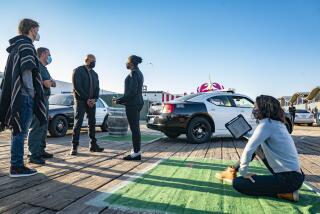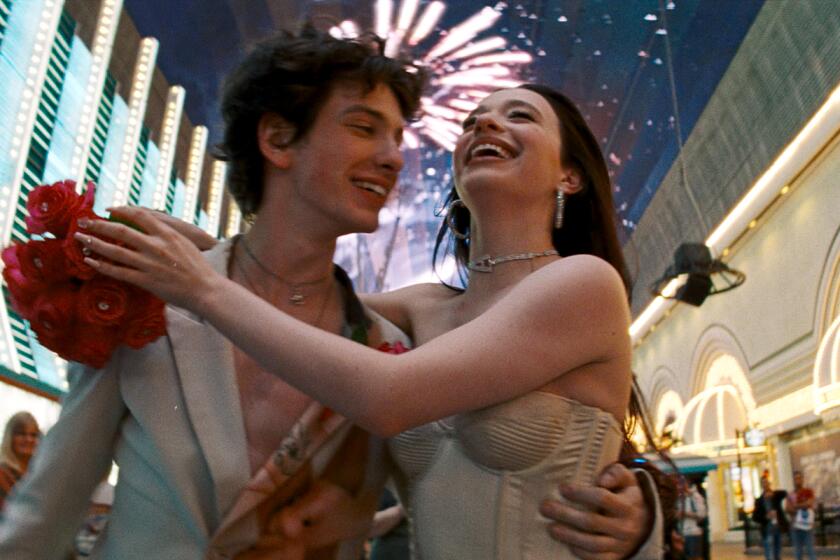Sennett Brought Reel Life to Valley
- Share via
Current studio expansions and booming location shooting in the Valley have a lot to do with silent film pioneer Mack Sennett.
The self-dubbed “King of Comedy,” who hatched gags with Charlie Chaplin, Roscoe “Fatty” Arbuckle and Mabel Normand, looked to the sparsely populated Valley as early as 1913 for pastoral, low-cost terrain that was unavailable in Hollywood.
Sennett produced and directed many of his classic Keystone Kops and “bathing beauty” two-reelers in Valley streets and residential lots then bordered by fruit orchards.
The hectic atmosphere off camera nearly matched the pace of the films’ pratfalls and car chases. Sennett once called his Keystone production company “an adventure of pirates.”
“It was as well-organized as a national chain of lemonade stands operated by small, dishonest boys.”
In 1928, a complex opened that would help give Studio City its name: Mack Sennett Studios near the corner of Laurel Canyon and Ventura boulevards.
Republic Pictures bought the space in 1933 and began turning out serials and B westerns, including 34 features starring John Wayne. It changed hands again in 1967, becoming the CBS Studio Center, which is home today to TV shows, including “Seinfeld” and “Roseanne.”
He produced several shorts in the late 1920s and ‘30s, including a one-time collaboration with Buster Keaton and others starring W.C. Fields and Bing Crosby.
However, the advent of sound saw Sennett’s star fade considerably.
Honored with a special Academy Award in 1937, Sennett made occasional appearances on screen until his death in 1960.
More to Read
The biggest entertainment stories
Get our big stories about Hollywood, film, television, music, arts, culture and more right in your inbox as soon as they publish.
You may occasionally receive promotional content from the Los Angeles Times.










